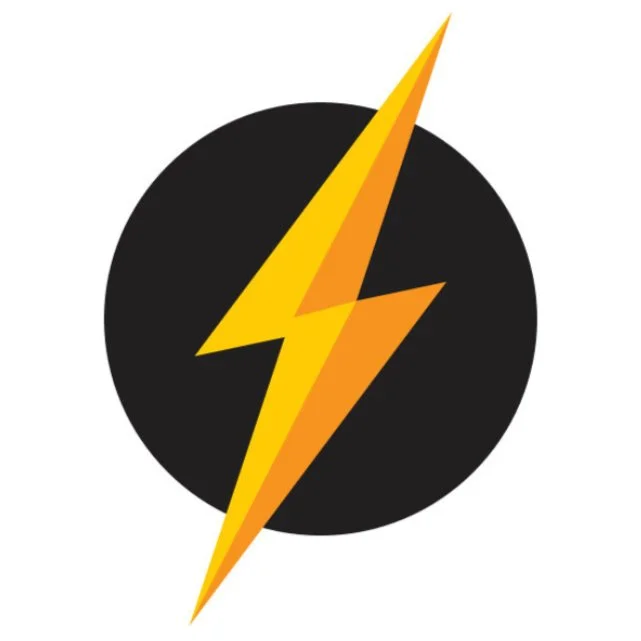What to Expect During SDGE Undergrounding (Homeowner FAQ)
SDG&E is removing overhead power lines and converting neighborhoods to underground service. When the crews show up, homeowners naturally have questions — mostly about cost, disruptions, and whether they need to do anything.
This FAQ breaks everything down clearly.
⚠️ 1. What is SDG&E undergrounding?
It’s the process of removing overhead power lines and placing electrical service underground.
SDG&E does this to:
reduce outages
improve reliability
lower wildfire risk
clean up visual clutter on the street
For most homeowners, this means construction on the street and changes to the way power reaches the home.
🏡 2. Will I lose power during undergrounding?
Yes — but only temporarily.
Expect:
short planned outages
advance notices left on your door
work done during daytime hours
SDG&E usually restores power the same day, unless major work is required.
💰 3. Does SDG&E pay for undergrounding, or do I?
SDG&E covers:
street trenching
street-side conduit
utility vaults and boxes
new underground service lines
meter removal/reconnection
Homeowners are responsible for the electrical equipment on their house, including:
panel upgrades (if required)
meter socket upgrades
grounding/bonding corrections
relocating panels if needed
Most costs fall on SDG&E — the part on your wall is your responsibility.
⚡ 4. Do I need a new electrical panel because of undergrounding?
Not always.
You may need a panel upgrade if:
you have Zinsco, FPE, Pushmatic, or other obsolete panels
your panel is too small (60A or some 100A services)
the panel is heavily corroded
the panel location doesn’t meet today’s rules
the meter socket can’t accept new underground service conductors
grounding and bonding are outdated
If construction is happening on your street, it’s smart to have your panel checked early.
🚧 5. How long does the construction phase last?
It depends on your neighborhood, but the typical order is:
Planning & Design Phase – years ahead, invisible to homeowners
Street Marking & Prep Work – days to weeks
Trenching & Conduit Installation – 1–5 weeks
Pulling Underground Lines – days
Service Conversion & Panel Checks – varies by home
Backfill & Street Repair – weeks after conversion
Your street might look “under construction” long before anything changes at your house.
🧰 6. What exactly happens at my home on conversion day?
Expect:
SDG&E to disconnect overhead lines
crews to pull new underground lines to your meter
your power to be off temporarily
your panel to be inspected for compatibility
reconnection once everything meets requirements
If your panel fails inspection, SDG&E may temporarily reconnect you overhead (if possible) or require an upgrade before reconnecting underground.
💡 7. What if my panel is too old or doesn’t pass SDG&E’s requirements?
You’ll need to upgrade it.
This is extremely common in:
1950s–1980s homes
older neighborhoods
homes with outdated service equipment
A licensed electrician handles:
panel upgrade
meter socket upgrade
grounding and bonding
relocation if needed
permits and inspections
Most upgrades run $4,500–$7,500 depending on conditions.
🛠️ 8. Do I need to hire an electrician before SDG&E arrives?
It’s strongly recommended.
An electrician can:
tell you if your panel is likely to pass
check grounding/bonding
spot clearance issues
prepare quotes early
prevent delays during conversion
Waiting until conversion day is the #1 reason homeowners get stuck.
📅 9. How will I know when undergrounding is happening on my street?
You’ll see:
SDG&E door hangers
construction crews
temporary traffic signs
trenching or road cutting
spray paint markings on sidewalks and asphalt
Once trenching hits your block, the clock starts.
📞 10. Who do I contact if I have questions?
SDG&E only handles:
service lateral installation
utility equipment
service interruption notices
For anything on your home (panel, meter socket, grounding), you need a licensed electrician.
You can send photos of your panel and meter socket and get a quick assessment of whether an upgrade may be required.
✅ Final Thoughts
Undergrounding is good for your neighborhood — but it can raise questions about your home’s electrical system. The key is staying ahead of SDG&E’s timeline so you’re not scrambling on conversion day.
